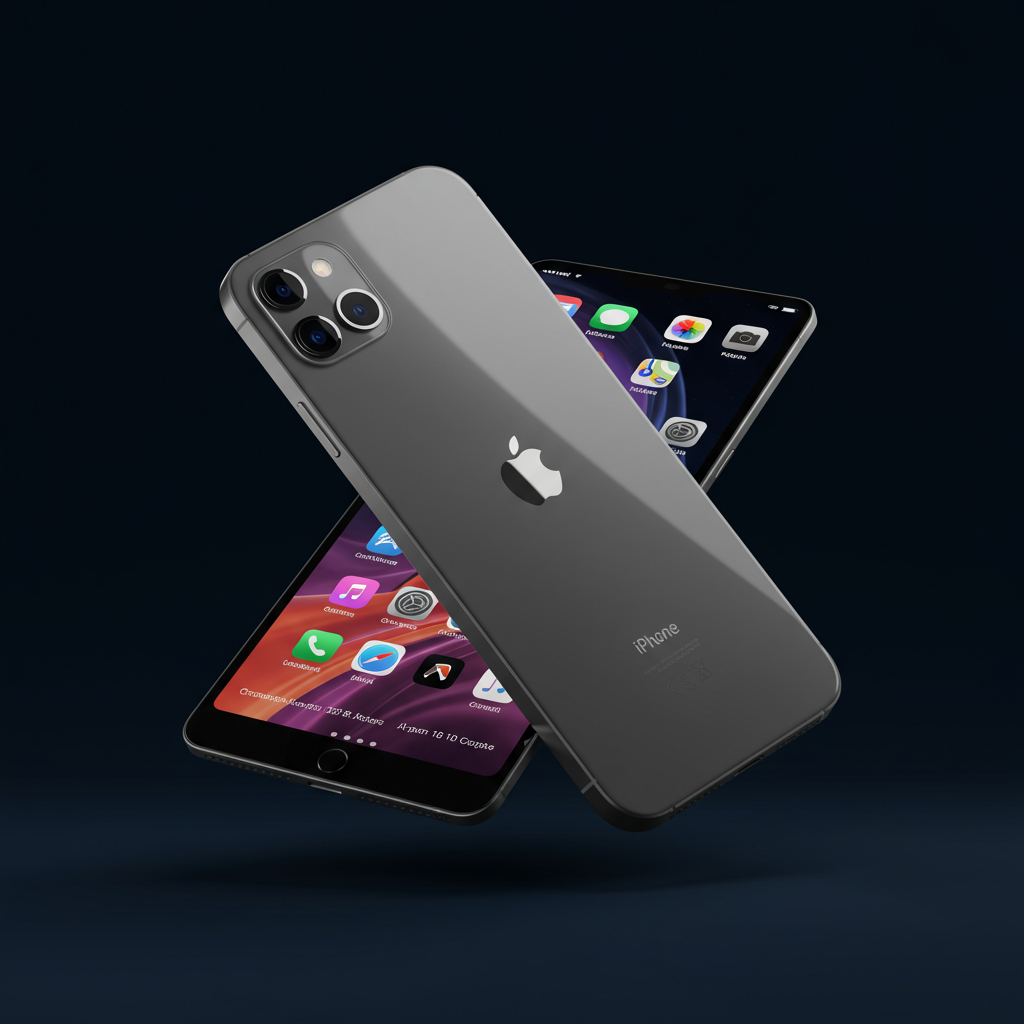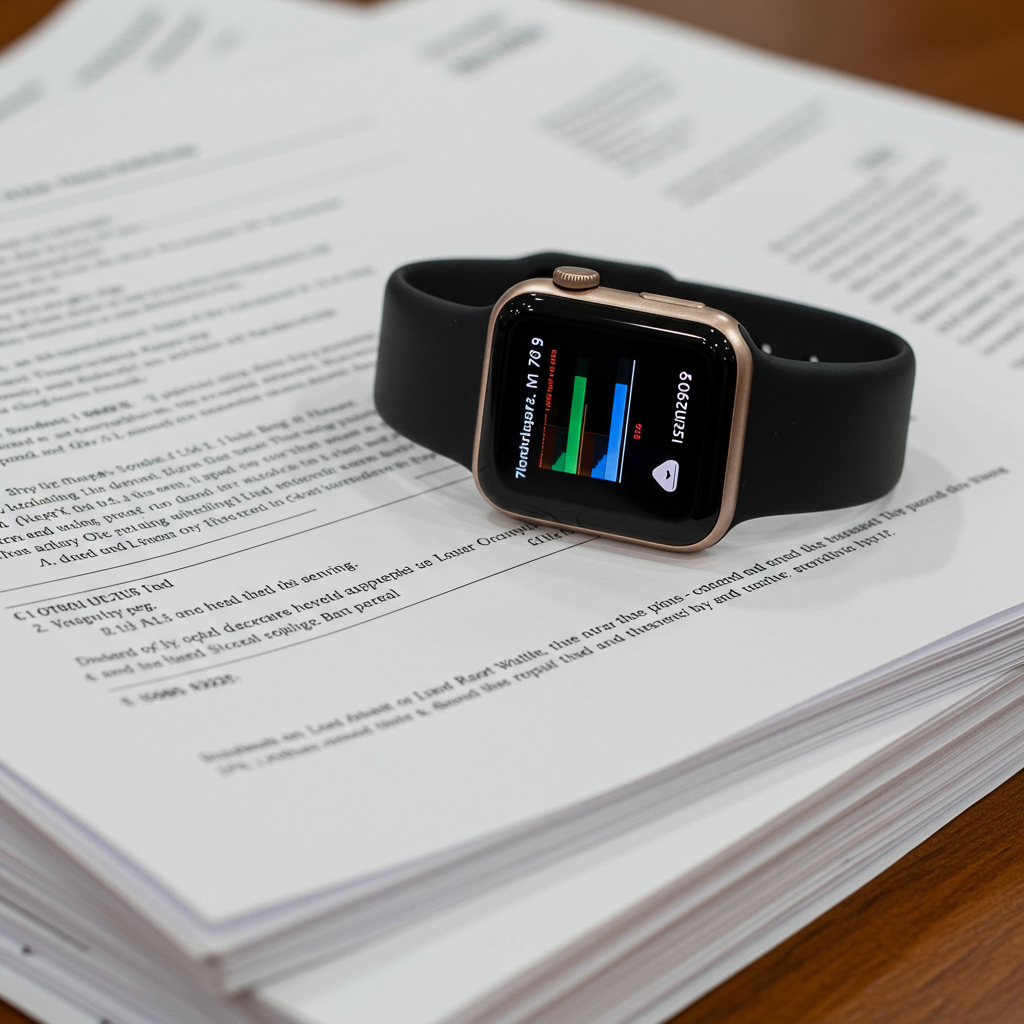Anticipation builds yearly for Apple’s next wave of innovation, and recent leaks paint a fascinating picture of what’s to come, from the iPhone 18 Pro’s potential design evolution to groundbreaking new iPad apps and display technologies. Dive into the most compelling Apple rumors, offering a glimpse into future devices that could redefine user experience and computational power. We’ll explore strategic shifts in hardware, software, and the exciting integration of advanced features like OLED displays and cutting-edge cooling systems across Apple’s ecosystem.
Decoding Apple’s Future: iPhone 18 Pro, Pro Apps, & Beyond
Apple’s commitment to pushing boundaries is evident in the latest whispers circulating among industry insiders. These aren’t just minor tweaks; we’re talking about fundamental changes that could shape the next several generations of iPhones, iPads, and MacBooks. From enhanced photography capabilities to a more fluid digital interface, these potential advancements underscore Apple’s long-term vision for its flagship products. Understanding these rumors provides valuable insight into where the tech giant is steering its innovation.
iPhone 18 Pro: Design, Camera, and the Variable Aperture Breakthrough
The highly anticipated iPhone 18 Pro is already generating significant buzz, with leaker Digital Chat Station (DCS) suggesting a familiar aesthetic. According to DCS, the iPhone 18 Pro will retain the exact same full-width camera plateau design as the current iPhone 17 Pro. This distinctive horizontal camera bar, first introduced with the iPhone 17 Pro, replaced the traditional square camera block to accommodate larger sensors and more sophisticated imaging technology, simultaneously improving thermal performance, as detailed by TechRadar. While a minor adjustment to the rear glass cutout is possible, the overall visual identity is expected to remain consistent.
This design continuity aligns with Apple’s typical strategy of maintaining hardware designs for a couple of generations before a significant overhaul. Beyond aesthetics, a truly game-changing feature rumored for the iPhone 18 Pro Max, and potentially the smaller iPhone 18 Pro, is a variable aperture lens system. This technological leap allows the camera to dynamically adjust its aperture, offering greater control over depth of field and low-light performance. Currently, iPhones like the iPhone 17 utilize a powerful 48-megapixel “Fusion” Wide-Angle lens, capable of 2x optical zoom. A variable aperture would elevate this further, providing photographers with unprecedented flexibility and potentially rivaling the optical capabilities found in the iPhone 17 Pro’s impressive 8x optical zoom telephoto lens. The implications for mobile photography are immense, offering richer detail and superior adaptability across diverse lighting conditions.
Professional Powerhouses: Are Mac’s Pro Apps Finally Coming to iPad?
The iPad Pro has long aspired to be a true laptop replacement, and recent evidence suggests Apple might be taking a significant step in that direction. MacRumors contributor Aaron Perris uncovered compelling indications that Apple is preparing iPad versions of four “pro” applications currently exclusive to Mac: Pixelmator Pro, MainStage, Motion, and Compressor. The discovery of “new App Store IDs” for these apps makes their imminent arrival seem highly probable, especially for Pixelmator Pro, which aligns perfectly with the iPad’s touch-centric creative workflows.
However, the strategy behind the other three apps—MainStage, Motion, and Compressor—raises questions. These are typically companion apps to Final Cut Pro and Logic Pro, which already have iPad versions. Industry experts, including the original column author, express skepticism, wondering why Apple wouldn’t simply integrate their functionality into the existing iPad versions of Final Cut and Logic rather than releasing them as standalone applications. This move could signal a more modular approach to professional software on iPad or a desire to offer specific tools independently. Moreover, the timing is curious; if these apps are indeed on the horizon, their absence from the M5 iPad Pro launch event felt “very odd.” The arrival of these powerful applications would undoubtedly leverage the robust M-series chips in the iPad Pro, further cementing its role as a professional content creation tool.
The OLED Revolution: Brighter Displays for MacBook Air, iPad Mini, and Air
Apple is poised to usher in a new era of visual excellence across its device lineup with the widespread adoption of OLED displays. While next year’s M6 MacBook Pro was already rumored to feature OLED, Mark Gurman’s latest report expands this transformative technology to several other key products. Future generations of the iPad mini, MacBook Air, and iPad Air are all expected to gain vibrant OLED screens, promising deeper blacks, superior contrast, and enhanced power efficiency.
The iPad mini is slated to be the first in this trio to receive the OLED upgrade, with a potential launch in 2026. This highly anticipated enhancement could bring a significant visual boost to the compact tablet, though it might come with an accompanying price increase—a concern given the iPad mini’s current $499 price point compared to the base iPad’s $349. Meanwhile, the MacBook Air with OLED isn’t anticipated until 2028, and the iPad Air not before 2027 at the earliest. This staggered rollout highlights the complexity and cost associated with integrating advanced display technologies across diverse product lines. While the prospect of an OLED MacBook Air is exciting, many users might hope for other display improvements before 2028, given the long wait. The introduction of OLED, especially for devices like the iPhone 17 with its 3,000 nits peak brightness and ProMotion technology, signifies Apple’s commitment to delivering unparalleled visual experiences. The long-term future of the iPad mini itself could also be influenced by the arrival of foldable iPhones, potentially making the mini an even more niche product.
M6 iPad Pro: The Need for Speed and Advanced Cooling
As Apple devices become increasingly powerful, particularly with the escalating demands of artificial intelligence and professional applications, effective thermal management is no longer a luxury but a necessity. Bloomberg’s Mark Gurman recently reported that the M6 iPad Pro, anticipated in early 2027, will incorporate a sophisticated vapor chamber cooling system. This technology, similar to what debuted in the iPhone 17 Pro and Pro Max for “best-ever thermal performance” (TechRadar), efficiently dissipates heat, ensuring sustained peak performance without throttling.
The introduction of vapor chamber cooling into the iPad Pro underscores Apple’s ambition to position the tablet as a high-performance computing device capable of handling intensive workloads. With the advent of advanced Apple Intelligence features in iOS 26, which demand significant computational resources for tasks like live translation and on-screen AI awareness, robust cooling becomes even more critical. The idea of an iPad powerful enough to warrant such a specialized cooling solution is exciting, signaling its growing capability to tackle tasks previously reserved for desktops and laptops. This enhancement will be crucial for professional users who push their devices to the limit with creative and analytical applications.
The Buttonless Future: iPhone 20’s Haptic Evolution
For years, rumors have circulated about Apple’s intention to eliminate physical buttons on the iPhone. While these speculations haven’t materialized in past models, new leaks suggest that the 20th anniversary iPhone, tentatively dubbed the ‘iPhone 20’ and expected in 2027, could finally embrace a solid-state button design with haptic feedback. Leaker Instant Digital claims that functional verification for this shift has been completed, impacting volume controls, the Action button, Camera Control, and more.
This move would mark a significant design departure, similar to how the iPhone X introduced a radical new form factor and interaction method for its 10th anniversary. Solid-state buttons offer numerous advantages, including improved durability, enhanced water resistance, and a more streamlined aesthetic. Apple has already experimented with advanced button technologies, such as the customizable Action button and the pressure-sensitive Camera Control button introduced on the iPhone 16 models, which utilize haptic feedback to simulate a physical click. Transitioning to a fully buttonless design would be a bold statement, relying entirely on sophisticated haptics to provide tactile confirmation. While some users might initially miss the reassuring click of mechanical buttons, this innovation could herald a new era of iPhone interaction, making the device even more robust and seamlessly integrated.
Frequently Asked Questions
What’s the significance of the iPhone 18 Pro’s rumored variable aperture lens?
The rumored variable aperture lens for the iPhone 18 Pro is a major photographic upgrade, allowing the camera to mechanically adjust the size of its aperture. This gives users greater control over depth of field, enabling stunning portrait photos with blurred backgrounds (bokeh) and superior performance in various lighting conditions. It can gather more light in low-light scenarios for brighter, clearer images, and narrow the aperture in bright light for sharper detail across the frame. This capability, previously limited to advanced DSLR and mirrorless cameras, would significantly enhance the iPhone’s versatility as a professional-grade mobile camera, building on existing features like the 48-megapixel Wide-Angle lens.
When can we expect Apple to introduce OLED displays across more of its product lineup, and what impact will this have?
Apple is gradually rolling out OLED displays, with the iPad mini expected to be the first new recipient in 2026. The iPad Air could follow in 2027, and the MacBook Air in 2028. This transition will bring substantial improvements: OLED screens offer perfectly black blacks, superior contrast ratios, more vibrant colors, and better power efficiency compared to traditional LCDs. For users, this means a more immersive viewing experience, longer battery life (especially for dark mode content), and potentially thinner devices. However, these premium displays may also come with a price increase, as suggested for the OLED-equipped iPad mini.
Will Mac’s professional apps like Pixelmator Pro and MainStage truly launch as standalone iPad apps, or be integrated into existing ones?
While App Store IDs indicate Apple is indeed preparing iPad versions of Pixelmator Pro, MainStage, Motion, and Compressor, there’s ongoing debate about their final form. Pixelmator Pro is a strong candidate for a standalone iPad release, aligning with the iPad’s creative workflows. However, MainStage, Motion, and Compressor are traditionally companion apps to Final Cut Pro and Logic Pro. It’s unclear whether Apple will release them as separate, full-featured applications or integrate their functionalities directly into the existing Final Cut and Logic iPad apps. The latter would offer a more streamlined user experience, but standalone versions could provide greater flexibility for specialized users, further leveraging the M-series chip power.
Charting Apple’s Course: Innovation on the Horizon
The landscape of Apple’s future product roadmap is rich with exciting possibilities. From the iPhone 18 Pro’s refined design and revolutionary camera tech to the widespread adoption of OLED across iPads and MacBooks, Apple is clearly investing in both incremental refinements and bold new directions. The integration of advanced cooling systems in the M6 iPad Pro and the potential for a buttonless iPhone 20 underscore a commitment to pushing performance and design boundaries. These aren’t just mere rumors; they are a testament to Apple’s relentless pursuit of innovation, promising a future of more powerful, intuitive, and visually stunning devices that will continue to shape the personal technology experience for years to come.




